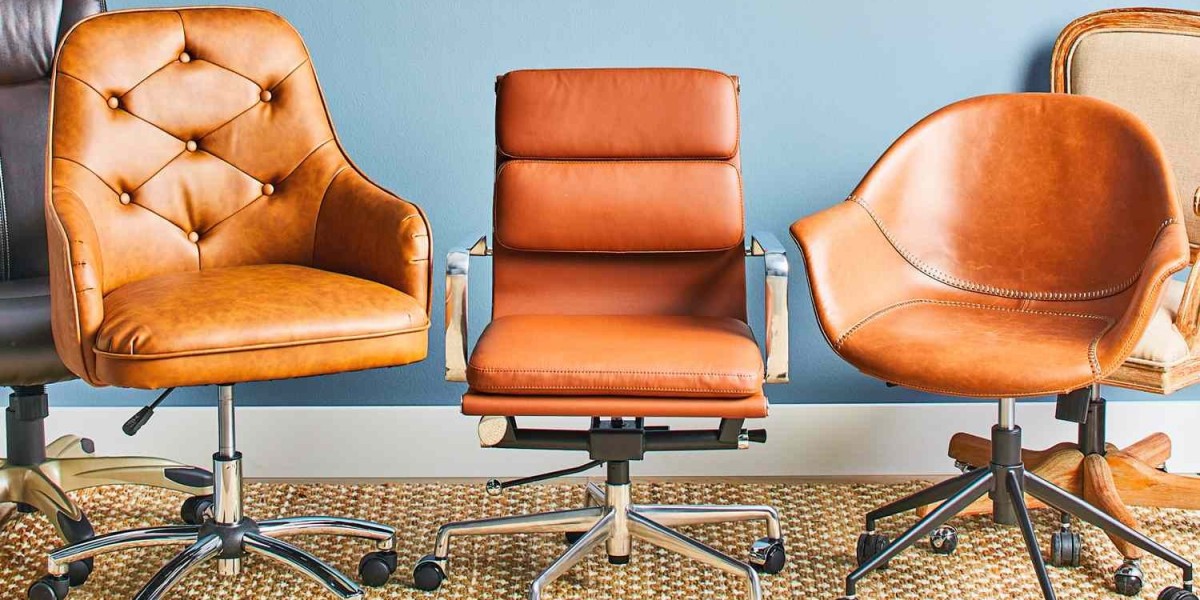In todays remote work environment, having a well-equipped home office is essential for productivity and comfort. One of the most critical components of a home office is the desk. The right desk can help you maintain an organized workspace, enhance your comfort, and boost your productivity. Heres a comprehensive guide on how to choose the best desk for your home office setup.
1. Determine Your Needs and Space
Before you start shopping, assess your specific needs and the space available in your home office.
Space Measurement: Measure the area where you plan to place your desk. Consider the dimensions of the room, the desk itself, and any additional furniture you want to include, such as chairs, filing cabinets, or bookshelves.
Usage: Think about how you plan to use the desk. Will it be primarily for computer work, writing, or meetings? This will help you determine the necessary size and features.
2. Consider Desk Types
There are various desk types, each suited for different needs and styles. Here are a few popular options:
Standard Desks: These are versatile desks suitable for various tasks. They typically offer a flat surface and may include drawers or shelves.
L-Shaped Desks: Great for corner spaces, L-shaped desks provide ample surface area for multitasking and can help define your workspace.
Standing Desks: These desks can be adjusted for sitting or standing positions, promoting better posture and reducing the risk of back pain.
Writing Desks: Ideal for minimalists, writing desks often have a simple design without excessive storage. Theyre perfect for focused tasks like writing or drawing.
Computer Desks: Specifically designed for computer use, these desks often include features like keyboard trays, cable management systems, and additional shelving for tech accessories.
3. Material and Durability
The material of your desk plays a crucial role in its durability and overall aesthetic. Common materials include:
Wood: Offers a classic look and sturdiness. Solid wood desks are durable and often more expensive, while engineered wood (like MDF) is more affordable and can mimic the appearance of solid wood.
Metal: Known for its durability and modern appearance, metal desks are often used in industrial-style spaces and can support heavy equipment.
Glass: Glass desks can create a sleek and contemporary look, making a small space feel more open. However, they may require more maintenance to keep clean and can be fragile.
Laminate: Laminate surfaces are affordable and come in various finishes. They are easy to clean and resistant to scratches but may not be as durable as solid wood.
4. Ergonomics and Comfort
An ergonomic desk can significantly impact your comfort and productivity. Here are some ergonomic features to consider:
Height Adjustment: Ensure the desk height is suitable for your body. Standard desk height is around 29-30 inches, but adjustable desks allow you to find the best height for sitting or standing.
Leg Room: Check the clearance under the desk to ensure you have enough space to move your legs comfortably.
Desk Surface Area: A larger surface area can help keep your workspace organized and reduce clutter. Consider how much space you need for your computer, paperwork, and other essentials.
5. Storage Solutions
Effective storage solutions are vital for keeping your workspace organized. Here are some options:
Built-in Drawers: Desks with built-in drawers provide easy access to supplies and help keep your desktop clutter-free.
Open Shelving: Open shelves can hold books, decorative items, or office supplies, making them easy to access.
Mobile Storage: Consider adding a rolling cart or mobile filing cabinet for extra storage that can be moved around as needed.
6. Style and Aesthetics
The desk you choose should reflect your personal style and complement your home office decor. Here are some styles to consider:
Modern: Clean lines and minimalistic designs characterize modern desks, often incorporating metal and glass materials.
Traditional: Classic wooden desks with ornate details and rich finishes create a warm and inviting atmosphere.
Industrial: Combining wood and metal elements, industrial-style desks are perfect for a more rugged, contemporary look.
Scandinavian: Known for their simplicity and functionality, Scandinavian desks often feature light wood finishes and a minimalist design.
7. Budget Considerations
Set a budget before you start shopping for a desk. Prices can vary significantly based on materials, size, and brand. Here are some tips for sticking to your budget:
Research: Compare prices from different retailers, both online and in-store, to find the best deal.
Quality Over Quantity: Investing in a quality desk may cost more upfront but can save you money in the long run due to its durability.
Look for Sales: Keep an eye out for sales or discounts, especially during holidays or back-to-school seasons.
8. Testing and Reviews
Before making a final decision, if possible, try out the desk in person. Heres what to do:
Sit and Test: If you can, sit at the desk to see how comfortable it is and whether the height is suitable for you.
Read Reviews: Check online reviews to gauge the experiences of other users. Look for comments on durability, comfort, and overall satisfaction.
Conclusion
Choosing the best desk for your home office setup is a crucial step in creating a productive and comfortable workspace. By considering your specific needs, available space, materials, and ergonomic features, you can find a desk that not only meets your functional requirements but also enhances your home office aesthetic. Take your time to explore different options and invest in a desk that will support your work style and help you thrive in your remote work environment.








